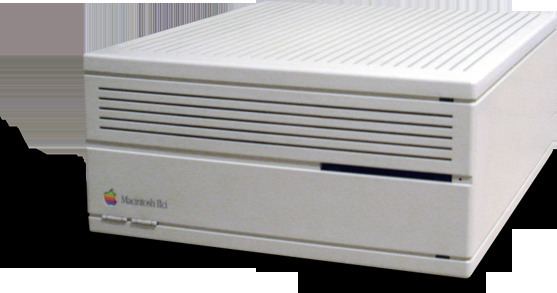Release date September 20, 1989 Discontinued February 10, 1993 | Introductory price USD $6269 | |
 | ||
Operating system Memory 1 MB or 4 MB, expandable to 128 MB. (80 ns 30-pin SIMM) | ||
The Apple Macintosh IIci was an improvement on the Macintosh IIcx. Sharing the same compact case design with three expansion slots, the IIci improved upon the IIcx's 16 MHz Motorola 68030 CPU and 68882 FPU, replacing them with 25 MHz versions of these chips. The IIci came with either a 40 or an 80 megabyte hard disk. A logic board upgrade was available for IIcx owners. The Quadra 700's case uses the same form factor, and a logic board upgrade was made available for both the IIcx and IIci upon the Quadra's introduction in 1991.
The IIci introduced a lot of technical and architectural enhancements, some of which were important in preparing for System 7 (which was then called the Blue project) and would influence future Macs, though some of them came at the cost of compatibility:
The IIci was one of the most popular and longest-lived Mac models of all time. For much of its lifespan, it was the business "workhorse" of the Macintosh line. For a short time in 1989, before the introduction of the 40 MHz Macintosh IIfx, the IIci was the fastest Mac available.
Possible upgrades include 25, 33, 40 or 50 MHz Daystar 68030 boards, a Quadra 700 motherboard, a couple of different third-party 68040 upgrades, and two PowerPC 601 upgrade cards running at either 66 MHz or 100 MHz, exclusively from Daystar Digital, which was bought by XLR8, which still holds the Daystar product logo and name for its line of products. 68030 and 68040 upgrades were also made by Sonnet, Diimo and other companies.
An easter egg exists in the IIci ROM. If the system date is set to September 20, 1989 (the machine's release date) and the Command - Option - C - I keys held during boot time, an image of the development team will be displayed.
The signatures of the product design team can be seen in the molded plastic of the case if one removes the motherboard.
